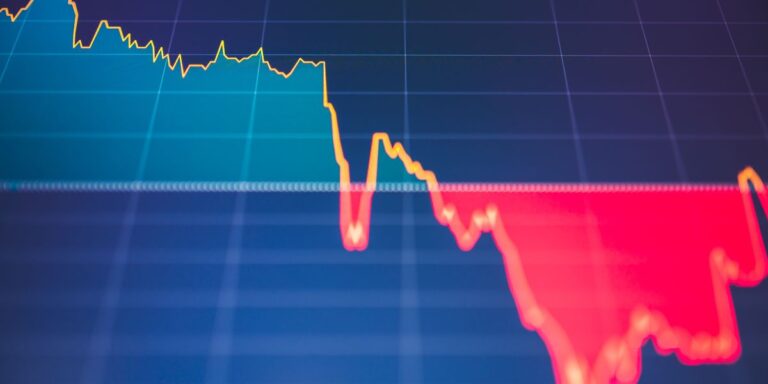The U.S. economy faced a significant slowdown in the second quarter of 2022, contracting by 0.9%. This marks the second consecutive quarterly decline in economic output, fueling growing concerns about the onset of a recession. Experts and economists have highlighted several factors contributing to this downturn, including rising energy costs, persistent supply chain disruptions, and the continuing geopolitical crisis caused by Russia’s invasion of Ukraine. These elements have combined to create a challenging environment for businesses and consumers alike.
One of the primary contributors to the economic contraction has been the sharp increase in energy prices, largely driven by global supply constraints and heightened demand. The surge in gasoline, natural gas, and electricity prices has strained household budgets, leaving consumers with less discretionary income for other goods and services. This trend has also impacted manufacturing and logistics costs, further exacerbating the economic strain.
In addition to energy prices, the global supply chain crisis has remained a persistent issue. Although there have been some efforts to ease bottlenecks, disruptions continue to hamper the flow of goods, making it difficult for businesses to meet demand. This disruption is particularly evident in industries such as automotive manufacturing, where the shortage of semiconductor chips has led to a significant decline in production. As a result, consumers are facing higher prices and fewer options in the marketplace.
The geopolitical instability resulting from Russia’s invasion of Ukraine has further compounded the economic challenges. The war has not only disrupted global trade but has also triggered a surge in commodity prices, especially for wheat, oil, and metals. Countries around the world, including the U.S., have faced higher costs due to these global price hikes, contributing to inflationary pressures that have been felt across various sectors.
Despite these challenges, consumer spending has remained relatively resilient, bolstered by the substantial savings accumulated during the COVID-19 pandemic. The influx of government stimulus checks and reduced opportunities for spending during lockdowns left many households with a financial cushion, allowing them to continue spending on goods and services. This consumer resilience has helped prevent an even sharper decline in the economy, as businesses have been able to maintain some level of activity due to sustained demand.
While these positive signs offer hope for a quicker economic recovery, the overall outlook remains uncertain. The persistence of high inflation, the risk of further supply chain disruptions, and the geopolitical tension in Eastern Europe suggest that the economic environment will remain challenging in the coming months. As policymakers continue to grapple with how to address these issues, many Americans are left wondering whether the nation will be able to avoid a full-scale recession.


